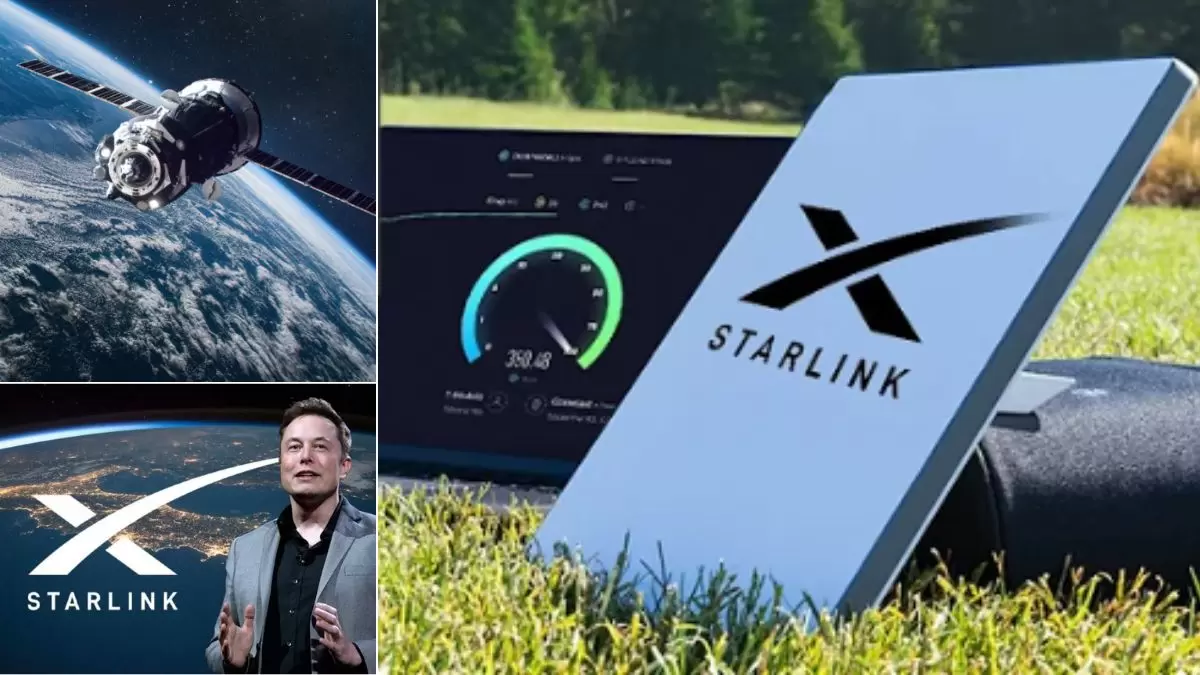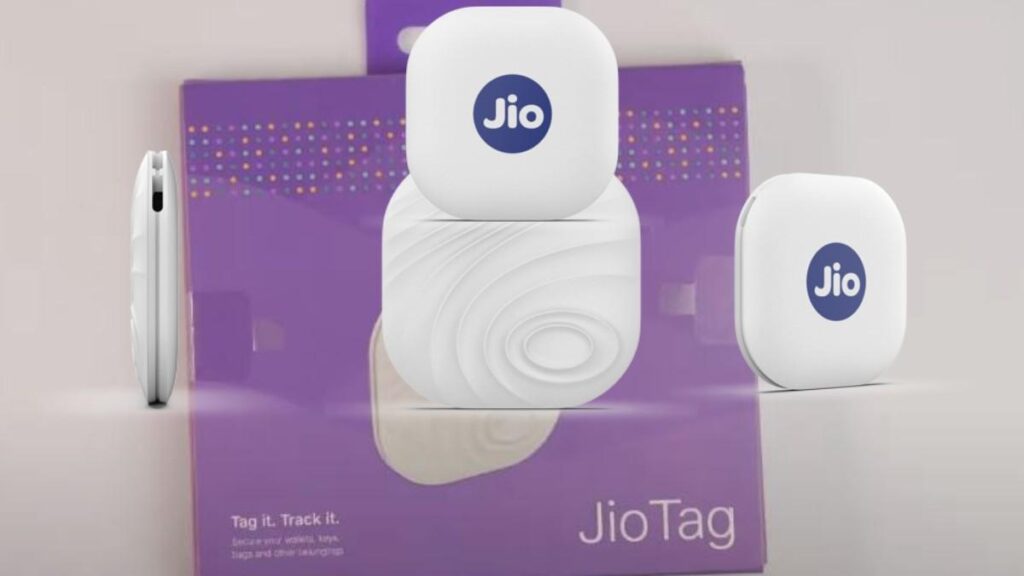Elon Musk’s Starlink has secured the final regulatory approval from India’s space regulator, the Indian National Space Promotion and Authorisation Centre (IN-SPACe), paving the way for its satellite broadband services to launch in the country. This landmark decision positions Starlink as the third major player—after Eutelsat OneWeb and Reliance Jio—to receive full clearance for satellite internet operations in India.
Regulatory Green Light: What It Means for Starlink
On July 8, 2025, IN-SPACe granted Starlink authorization to operate its non-Indian Geostationary (GSO) and Non-Geostationary (NGSO) satellite constellations, specifically the Starlink Gen1 constellation, for providing satellite broadband services across India. The approval is valid until July 7, 2030.
The regulator has also allocated specific frequency bands for Starlink’s operations:
- Gateway Beams:
- Uplink Bands: 27.5–29.1 GHz and 29.5–30 GHz
- Downlink Bands: 17.8–18.6 GHz and 18.8–19.3 GHz
- Polarization: Right-hand and left-hand circular
- User Beams:
- Uplink: 14.0–14.5 GHz (LHCP)
- Downlink: 10.7–12.7 GHz (RHCP)
Next Steps: Spectrum, Infrastructure, and Security Compliance
With regulatory approvals in place, Starlink must now:
- Acquire spectrum from the Indian government.
- Establish ground infrastructure, including at least three gateway stations nationwide.
- Demonstrate compliance with national security protocols through trials.
The Department of Telecommunications (DoT) is expected to grant trial spectrum soon to facilitate security testing. Additionally, the DoT is finalizing rules for administrative satellite spectrum allocation, following recent recommendations from the Telecom Regulatory Authority of India (TRAI).
Starlink’s Market Strategy: B2B First, Consumers Later
Starlink has already inked commercial agreements with Indian VSAT providers, signaling its intent to monetize enterprise and government broadband services even before spectrum allocation is complete. Sources suggest the company may soon offer direct-to-consumer satellite connections via its website, though pricing remains under wraps.
Competition Heats Up: Amazon’s Kuiper Still in the Wings
While Starlink moves ahead, Amazon’s Project Kuiper—another major contender—awaits regulatory approvals from both the DoT and IN-SPACe, despite completing security checks. Kuiper plans a larger rollout with 10 gateway stations and two points of presence in Mumbai and Chennai, compared to Starlink’s initial three.
With Eutelsat OneWeb and Jio-SES already in the fray, India’s satellite internet market is set for a three-way battle, promising faster, more reliable connectivity—especially in remote and underserved regions.
What’s Next?
As Starlink gears up for its India debut, all eyes are on spectrum allocation timelines, pricing strategies, and consumer rollout plans. Will Elon Musk’s venture dominate India’s satellite broadband race? Only time—and regulatory speed—will tell.




